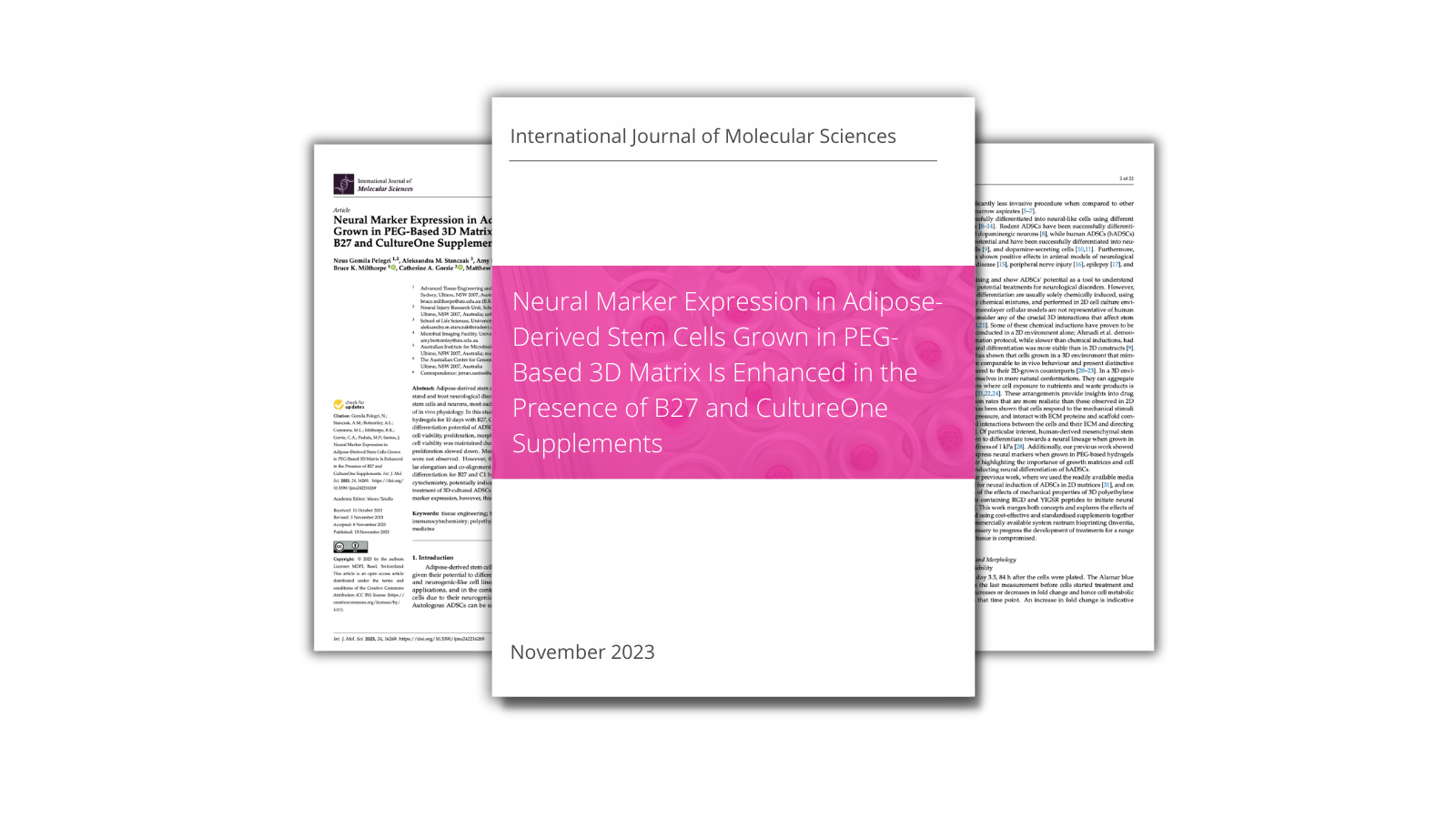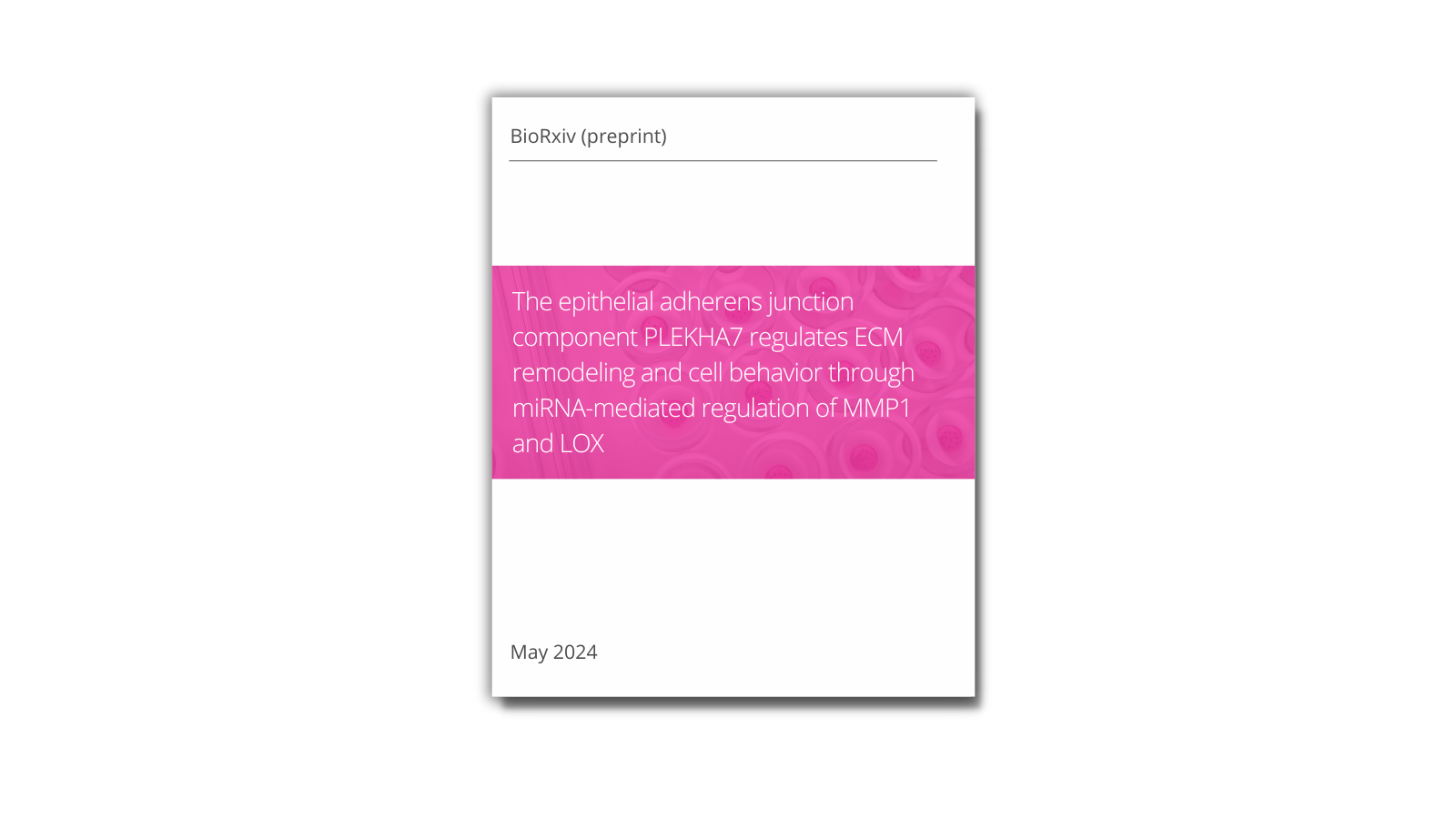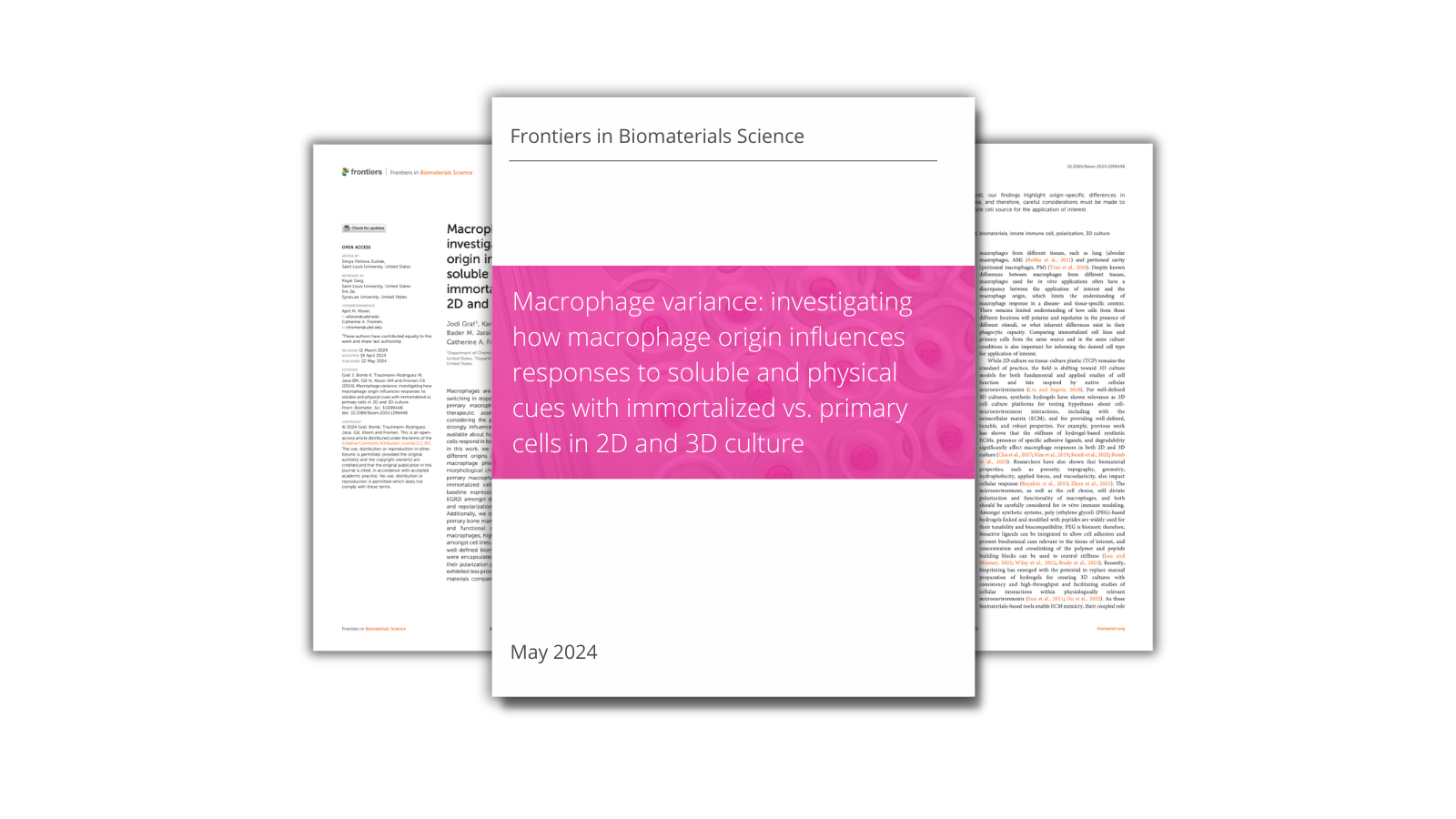
The characterization of particle number and distribution inside in-flight 3D printed droplets using a high speed droplet imaging system
Abstract
3D bioprinting is an innovative and time-saving method to precisely generate cell-laden 3D structures for clinical and research applications. Ejected cell number and cell distribution are two key technical parameters for evaluation of the bioprinter performance. In this paper, a modified droplet imaging system is used to study cell-size fluorescent particle number and distribution within droplets ejected from a microvalve-based 3D bioprinter. The effects of droplet dispensing physics (dosing energy 𝐸𝑑), ink properties (Z number—the inverse of the Ohnesorge number and particle sedimentation velocity), and input particle concentration are considered. The droplet imaging system demonstrates a strong capability in analyzing bioprinting performance for seeded concentrations less than 3×10^6 particles/ml. The printed particle number increases near-linearly under increasing dosing energy and Z number. It was found that for 7 < Z < 21 and seeded particle concentration no less than 3×10^6 particles/ml, particles within the visualized droplets approached a homogeneous distribution in the 2D images. It was also determined that the particle sedimentation velocity within the ink has a positive relationship to the ejected particle number over time—with the particle distribution approaching a homogeneous state over increasing sedimentation time.


